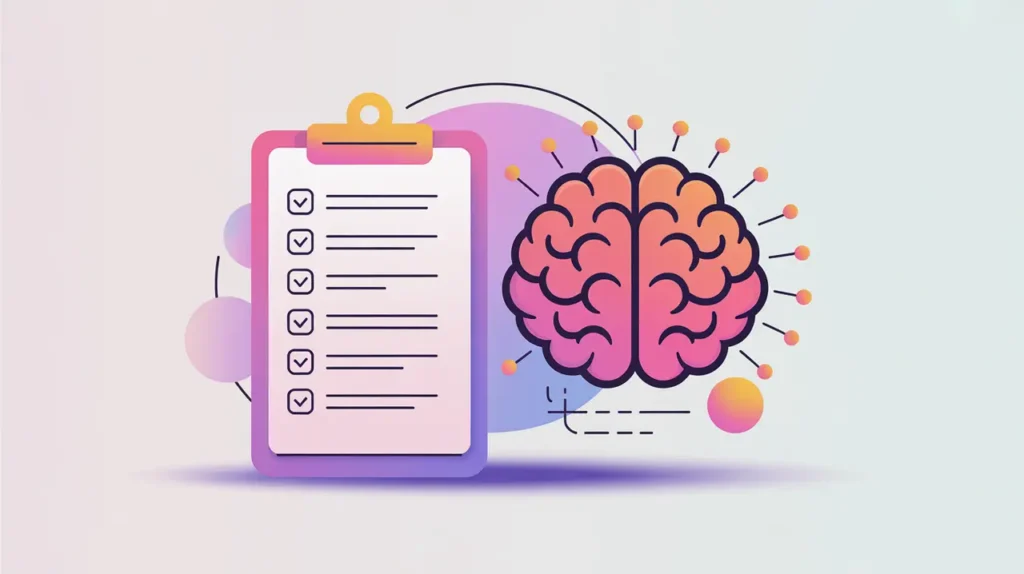Importance of Foundation Models
Foundation Models represent a new paradigm in Artificial Intelligence, defined by their ability to serve as general-purpose systems that can be adapted across a wide range of tasks. These models, often trained on massive and diverse datasets, underpin many of the most advanced applications of AI today, from text generation and image recognition to code writing and scientific discovery. Their importance lies in their scale and flexibility: rather than training a separate model for each task, organizations can fine-tune a foundation model to meet specific needs.
For social innovation and international development, Foundation Models matter because they concentrate technical power in ways that can either expand or restrict access. On one hand, they make advanced AI capabilities available through adaptation rather than reinvention. On the other, their resource-intensive development raises questions about equity, representation, and who gets to shape the systems that increasingly influence public life.
Definition and Key Features
Foundation Models are large-scale AI models trained on broad, diverse datasets and designed to be fine-tuned for many downstream applications. Examples include GPT for language, CLIP for multimodal understanding, and Stable Diffusion for image generation. Their emergence reflects advances in both data availability and computational infrastructure, particularly the use of high-performance GPUs and distributed training methods.
They are not the same as narrow AI systems, which are designed for a single purpose, nor are they equivalent to simple Transfer Learning, although fine-tuning is central to their application. What distinguishes Foundation Models is their scale and versatility. By capturing a wide range of patterns in text, images, or other modalities, they provide a base layer of capability that can be specialized with relatively little additional data.
How this Works in Practice
In practice, Foundation Models work by training on enormous datasets that cover a variety of domains. For example, a language foundation model might be trained on books, websites, and academic papers, enabling it to generate coherent text, summarize content, or answer questions. Once trained, the model can be fine-tuned with smaller datasets to specialize in a specific field, such as healthcare or law.
This architecture enables transfer across tasks, but it also introduces risks. The vast training datasets often include biased, inaccurate, or harmful content, which can propagate into downstream uses. Moreover, the opacity of these models makes it difficult to understand how they generate outputs. While their generality is a strength, their reliance on scale also means that only a handful of institutions currently have the resources to build them from scratch, concentrating power in ways that may limit global participation.
Implications for Social Innovators
For mission-driven organizations, Foundation Models create both opportunities and dilemmas. In education, they can be fine-tuned to create literacy tools in multiple languages, offering personalized learning experiences at scale. In healthcare, they support decision-making by summarizing complex medical records or analyzing local health data when adapted with appropriate safeguards. Humanitarian agencies are beginning to use multimodal models to interpret satellite images, social media feeds, and field reports simultaneously, improving response times in crises.
At the same time, reliance on Foundation Models raises critical concerns. If the base models are trained primarily on data from wealthier regions, their outputs may overlook the realities of marginalized communities. Their high energy consumption also raises sustainability questions. For organizations in social innovation and international development, the challenge is to ensure that Foundation Models are fine-tuned responsibly, governed inclusively, and deployed in ways that expand participation rather than deepen inequity.







